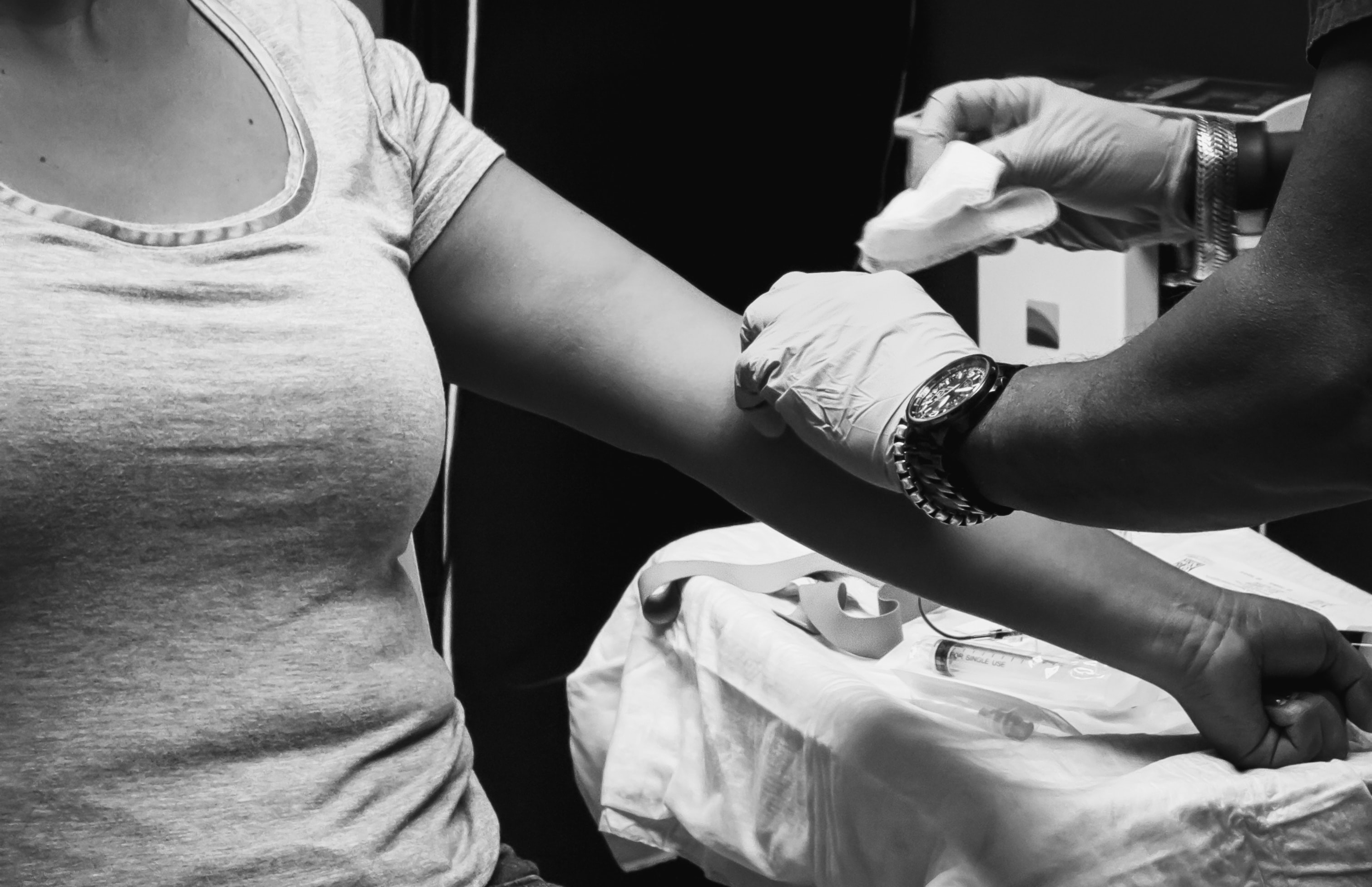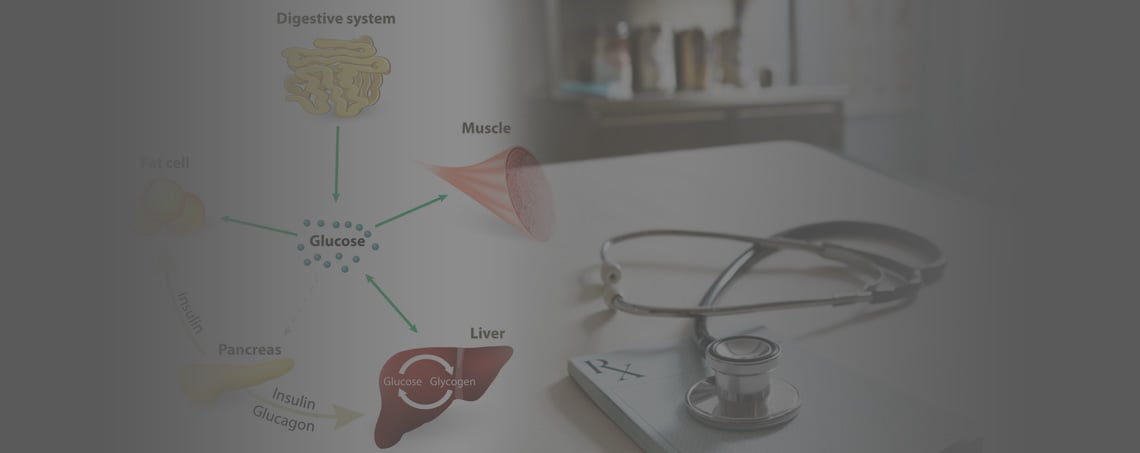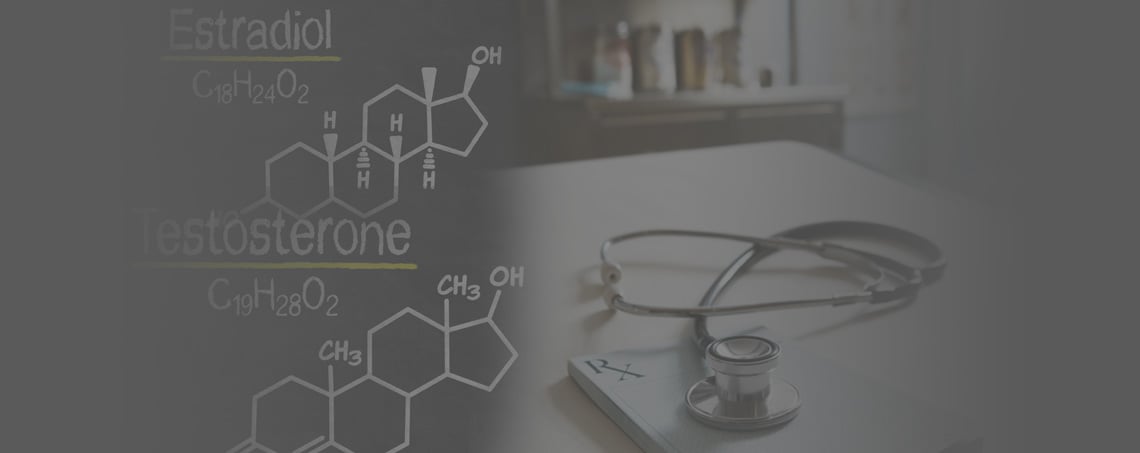How Can I Get My Hormones Checked For Imbalance?
Are you wondering if you have a hormone imbalance or how you can get your hormone levels checked for imbalance? In this article, we look at this question and specifically look at what hormones you should check, when you should check them, and what some of the levels suggests. We will looking at estrogen, progesterone, some androgens and imbalances scenarios. As we make our way through these different scenarios you will begin to understand how some of the enzymes involved with production and breakdown of androgens and estrogen can influence your hormone balance.
If you want to know how to get your hormone checked for imbalance, keep reading.
Seeking Hormone Balance
Specifically we will look at how to get evaluated or checked for hormone imbalance. There are several ways to check your level of hormones for balance. There are urine tests, blood tests and even salivary tests. Be careful though. Just because your lab results look normal doesn't necessarily mean your hormones are all good and balanced. Sometimes the lab stated reference range is not what you want to look at. Part of the focus of this article will be looking at what values to check, when to check and what some of those values could mean.
When we say hormone imbalance generally we are referring to female hormone imbalance. It is the relative levels of the estrogen and progesterone that create the balance or imbalance. That doesn't mean that estrogen and progesterone need to be in a one-to-one ratio. We will discuss more details on this further along. Before we get into those details, it's important to mention, there are other ways that hormones can be imbalanced as well. There are cortisol issues both high and low. DHEA-s can also be high and low and of course, thyroid levels can be low or high too. So there are many other hormones and ways to look at balance. The specifics of this article will be more so on female hormone imbalance (estrogen and progesterone).
When to Test For Hormone Imbalance
So when do we want to test your estrogen and progesterone to best understand what the relative balance or imbalance is? Most of the time when there's hormone imbalance going on, the women is premenopausal or perimenopausal. This would be from age 17-18 all the way up to say 50 or even 55. If you are still menstruating you are susceptible to the relative balance of estrogen and progesterone. Imbalance is more common closer to menopause though. When we check your estrogen and progesterone typically, we want to do this at the peak of the progesterone. We do that because low progesterone is often times part of the problem and causing the imbalance and other times it is high estrogen. To verify this you want to check the levels at a specific time of the month when the progesterone is peaking. For any female that is menstruating, we want to tested for estrogen and progesterone on cycle day 21 or close to it. If you have a shorter cycle that peak of progesterone may come a little bit earlier. If that is the case, you may want to do it on cycle day 19 or something close to day 21.

The hormone levels that we check are estradiol and progesterone. The specific test that we use for estradiol is done through mass spectrometry and liquid chromatography. There are also standard estradiol tests that are fairly accurate. If there is suspicion of hormone imbalance though, it is a good idea to check the ultra-sensitive estradiol because sometimes they are incongruent. The incongruence occurs because something that is similar to estradiol is interfering with the standard estradiol test (the non-mass spectrometry). Estradiol is the most biologically active hormone at the estrogen receptors. That is why we want to test this hormone. Using the more accurate test you can get a better understanding of where you are at. So use ultra-sensitive estradiol or mass spectrometry/liquid chromatography estradiol test.
We also test for progesterone and both the estradiol test and the progesterone that we typically do are blood tests. There are other tests which we will get into a little bit later but estradiol ultra sensitive estradiol and progesterone are really good tests. The peak of the progesterone around cycle day 21 is known as the luteal phase. The stated reference range at the lab for the luteal phase is pretty broad. For progesterone it might be 2.0 all the way up to 23. In the beginning in the beginning of the luteal phase around day 14, the progesterone is stating to increase but still quite low. It will be highest around day 21. At this time we are looking for the progesterone to be at the higher end of the reference range too. That's why we check your levels at this time to see how high it gets. The peak may vary a little bit by a few days from one person to the next.
For estradiol the peak of estradiol is closer to ovulation around day 10 and a bit earlier than the progesterone. When you are checking on day 21 the estradiol is already coming down. That's why your reference ranges are going to look a little different. So the range for progesterone that you're going for is around 10-20 to on the blood test. The the range for estradiol is going to be on the lower third. Since it is on it's way down it will be around one hundred to one hundred fifty. A higher level of estrogen could mean that your body is making too much estradiol or it is not clearing it fast enough. A common problem with low progesterone is it getting funneled into a different pathway to make cortisol or some other hormone.
If you have one test that shows that there's a relative imbalance in estrogen and progesterone, usually it isn't conclusive. If there is a clinical picture and symptoms that suggest estrogen excess or progesterone deficiency, then we might give the test result more weight as well. This is where clinical experience and having a doctor that does a lot of hormone testing can help. Getting multiple checks of your hormones at this time of your cycle can be helpful when clinical experience is lacking. This gives you more confidence that you're actually having a deficiency of progesterone or excess of estrogen. There are cases where you may want to check these levels earlier in the cycle too, like at or near ovulation. This is more true if there are symptoms around that time like cramping or or pain.
Androgen Excess and Hormone Imbalance
There are other forms of hormone imbalance too like those that arises from excess androgens in PCOS. Usually you can check these hormones when you check the others. You would not want to check when you are menstruating because the production of these hormones is going to be lowest at this time. These hormone levels may be much higher later on in the cycle. Specifically the hormones that are important to look at and understand how they are funneling through the body are dhea, dhea sulfate, total and free testosterone, sometimes dihydrotestosterone and definitely hydroxy-progesterone.
Keep in mind not all insurances are going to pay for all these lab tests. In this case it may make more sense to do a urine test. These test provide a full hormone profile of all these hormones plus others. By looking at all these you can see which enzymes are up regulated and turned on and which ones are turned off based on the relative levels of the different hormones.
For example, you may do a dhea level and it looks really low but your dhea sulfate is really high. This suggests the enzyme between dhea and dhea sulfate is working relatively good and the the enzyme that breaks dhea sulfate into androstenedione is moving much slower. This is where you get the clues to understand what you need to do to fix the imbalance or create balance.
Another example is a higher than normal hydroxy-progesterone may indicate that one of your enzymes the 21-hydroxyl enzyme is working much faster which can lead to higher androstenedione and higher DHEA sulfate levels. Both are precursors to testosterone. Insulin resistance increases the activity of this enzyme and the three beta-hydroxysteroid dehydrogenase. So insulin resistance is a key cause for many hormone imbalance issues especially high androgens.
While cortisol and high DHEA oftentimes go together and also can be a cause for high androgens, it is possible for you to have high DHEA sulfate and normal cortisol though. This simply suggests the high DHEA may not be linked to your high cortisol and stress. I can understand this may be a lot of new information. If you're not used to looking at biochemical pathways, it may be helpful for you to look at a steroidogenic pathway so you can see how one type of hormone funnels into the next and into the next. These steps are all controlled by enzymes. Those enzymes can be up regulated or down regulated by certain physiological things that your body is going through. An up regulation of insulin or certain food consumption, vitamin deficiencies etc can control these enzymes and pathways. It is not a one-size-fits-all you do have to look at what your specific situation is. Once you have the information on where the imbalance is, the next step is to look at how you can control those levels.
That should give you a better understanding of how can i get my hormone levels checked for imbalance. If you have questions about the content in this article, please ask it in the comment section below.
If you want a customized plan on checking and treating your hormone imbalance, click in the link below to get started.

















